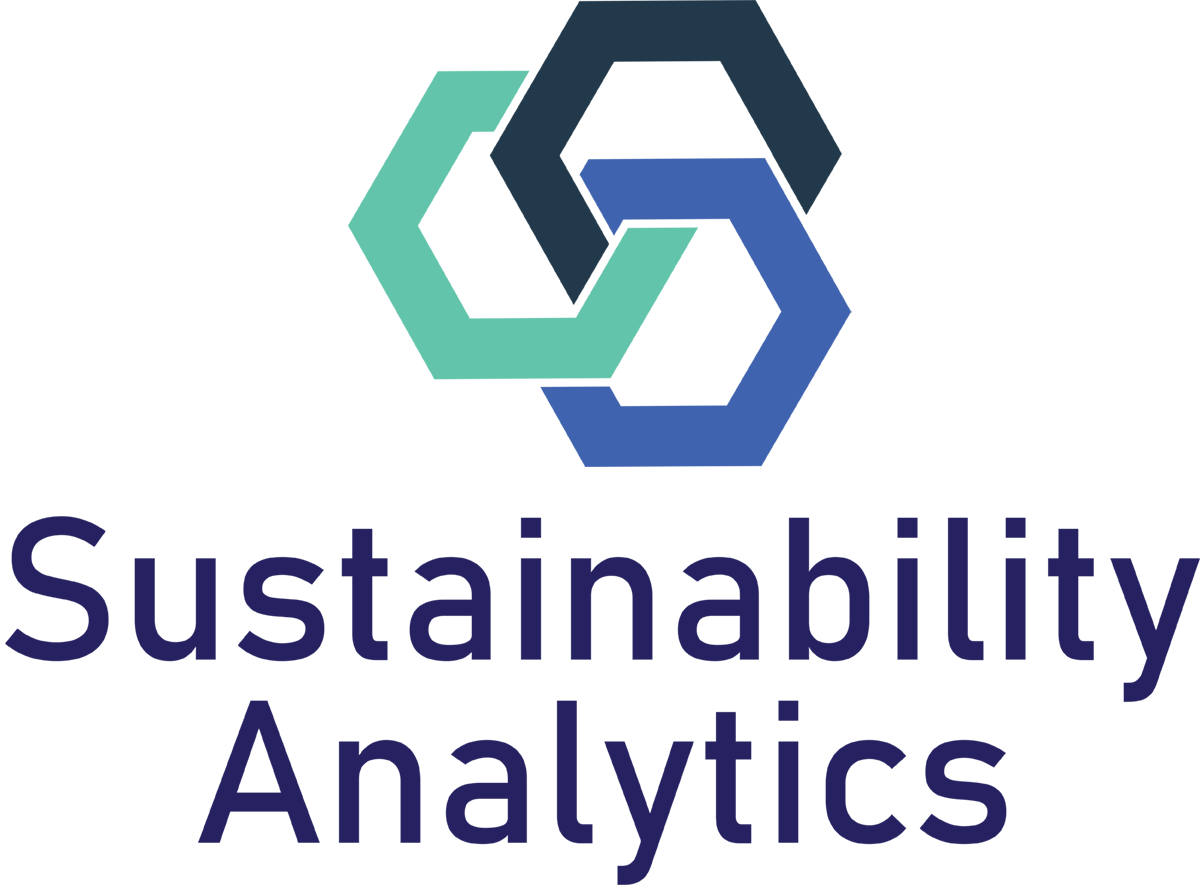Air quality refers to the state of the air in a particular place, with regard to its composition and the presence of pollutants. Poor air quality can have significant negative impacts on human health, as well as on the environment and the economy. Therefore, the concept, analysis, and modelling of air quality are important considerations in environmental science, public health, and urban and regional planning.
The analysis of air quality typically involves the measurement and assessment of various pollutants in the air, such as particulate matter, nitrogen oxides, and ozone. This data can be used to identify areas with high levels of pollution and to understand the sources and causes of this pollution.
Air quality modelling involves the use of computer-based tools and methods to simulate and predict the concentrations of pollutants in the air. These models take into account a range of factors, including emissions from transportation and industry, atmospheric conditions, and topography. By using these models, decision-makers can assess the potential impacts of different policies and interventions on air quality, and make informed decisions about how to reduce pollution levels.
Improving air quality is a critical goal for urban and regional planning, as it can have significant positive impacts on human health and wellbeing, as well as on the environment and the economy. By analyzing and modelling air quality, decision-makers can identify the most effective strategies for reducing pollution levels and creating healthier and more sustainable environments for communities.
In the Geirangerfjord World heritage area, the Geirangerfjord World Heritage Foundation and Bonn University have carried out a local air quality monitoring program since 2015. The program investigates sources, quantities and mechanisms of spatio-temporal distribution of pollutants. To understand how activities in the transport system, along with weather conditions, contribute to pollutant concentrations in the area, a set of prediction models have been developed. You can read more about this work here.
As part of the Twin Fjord project, these models and visualization tools are currently being further developed, to explore how machine learning and visualization tools may be combined to support air quality management in transport and land-use planning.
Analysis and visualization of air quality
Visualizations of air quality refer to the use of graphical representations and maps to present data on the composition and levels of pollutants in the air. These visualizations can provide a powerful tool for communicating complex information about air quality to a broad audience, including policymakers, planners, and the public.
Visualizations of air quality often take the form of maps or interactive tools that allow users to explore data on pollution levels and sources across different geographic regions. These tools can be used to identify areas with high levels of pollution and to track changes in air quality over time. They can also be used to communicate the potential impacts of different policies and interventions, such as the implementation of clean air regulations or the promotion of alternative transportation options.
Visualizations of air quality may be a valuable tool for decision-makers and the public, as they can help to raise awareness of the impacts of pollution on human health and the environment. By using these visualizations to communicate data and information on air quality, policymakers and planners can make more informed decisions about how to improve air quality and create healthier, more sustainable communities.


